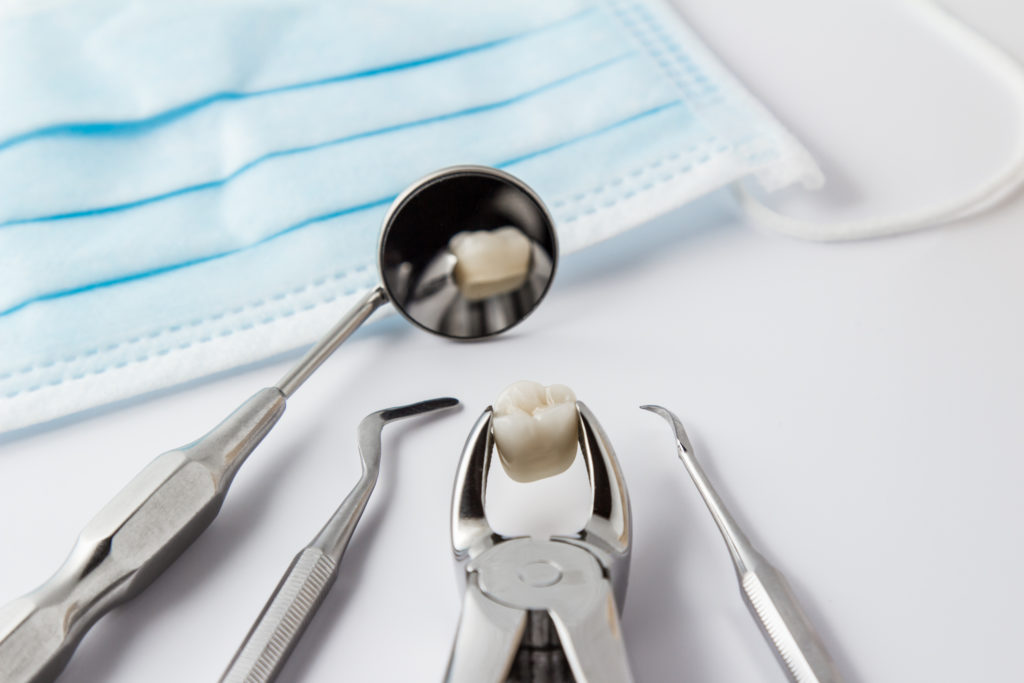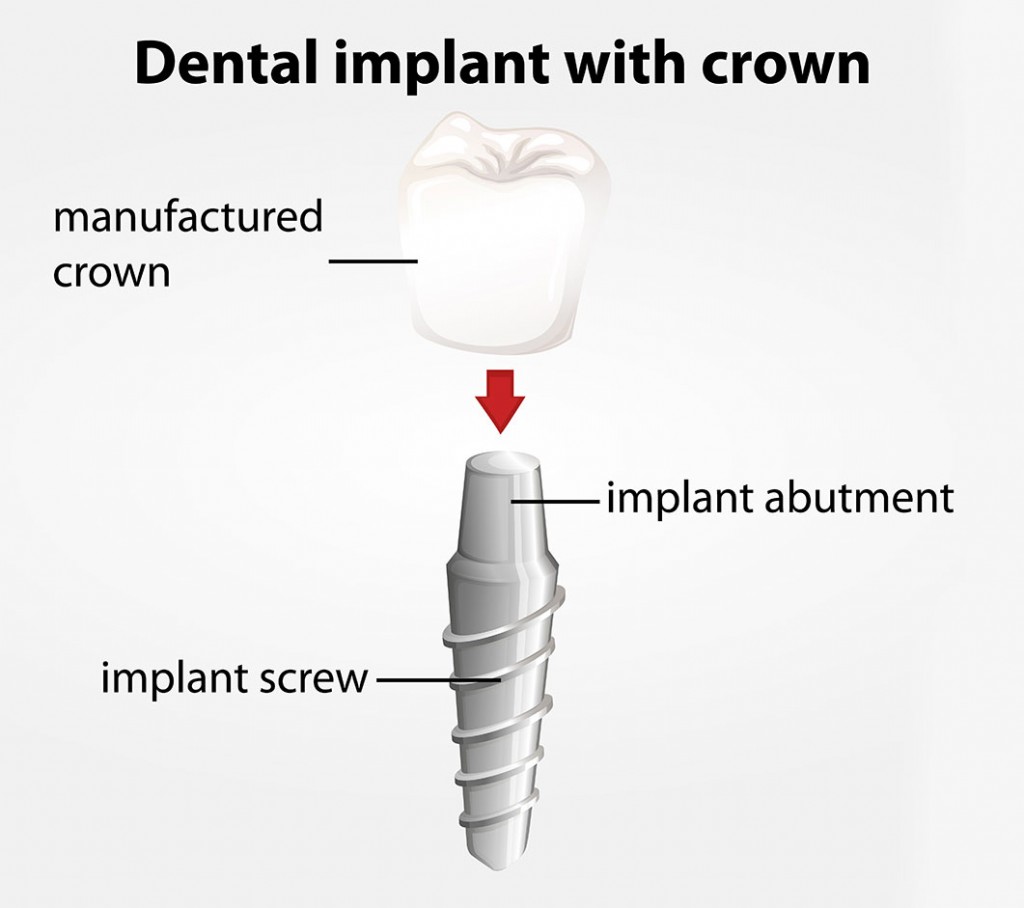
The Dental Implant Cost Guide suggests the average cost to extract a tooth is between $75 and $300 while the average cost to surgically extract a tooth is between $150 and $650. The only problem is that a tooth extraction is just the first step in solving the problem of a decaying or damaged tooth. You’re probably going to need an implant or a bridge after you get that bad tooth out.
Why would you need to extract a tooth surgically?
If the tooth is visible, you most likely don’t need surgery. Surgical extraction is typically reserved for teeth that are below the surface, impacted, or broken. During the surgery you will receive local anesthesia as well as intravenous anesthesia, which will make you calm and relaxed. You may also elect for general anesthesia where you would be unconscious during the procedure. Talk to your dentist or prosthodontist about what you need and your experience with anesthesia.
Simple extractions only require local anesthesia, and during the procedure, you will only feel slight pressure when the tooth is removed. The extraction is often the easiest step when you have a tooth that needs to be removed. Now let’s look at what happens next.
What is a bridge?
Dental bridges are created by placing a fabricated tooth between your two healthy teeth—those adjacent to the missing or damaged tooth—filling in the gap. Bridges, however, don’t replace the root of the tooth. This means the bone beneath your new bridge will degenerate where if you had elected for an implant the bone would remain healthy.
If you decide on a dental bridge now, it may be more difficult for you to get a single tooth dental implant in the future. You’ll probably need a bone graft in the area where you had the bridge because of the degeneration of the bone tissue. Dentists won’t recommend starting out with a bridge and later getting an implant because the procedure will cost more and take longer with the then necessary bone graft.
What is an implant?

An implant is a total tooth replacement. A metal post is inserted into the jawbone and the new fabricated tooth is placed on top. An implant is in many ways like an entirely new tooth, and by replacing the root of the tooth, your jawbone grows around the post—a process called osseointegration.
Implants are by far the healthier choice if your jaw is able to support the procedure, and the best news is that they should last you the rest of your life. The new tooth is slightly more resistant to decay than a real tooth, and because it isn’t attached to anything else, it isn’t going to negatively affect the teeth surrounding it.
What do implants and bridges cost?
The Dental Implant Cost Guide suggests that a single implant costs between $1,500 and $6,000 while a bridge costs between $1,100 and $4,500, depending primarily on the material used. Bridges are on average cheaper than an implant, but even though this may feel like the most important aspect of the decision, it really isn’t. You need to make your health a priority when deciding what to do following a tooth extraction. Nothing is going to maintain the health of your jawbone as well as an implant.
You should also calculate how time factors into your financial decisions. Bridges last between five and seven years, and so even if the first time was cheaper, over time you may end up paying more.
You should always talk to your insurance provider and see what they are willing to cover. In the past insurance companies wouldn’t consider paying for implants, but now that they are becoming more popular and their health benefits are better understood, it’s harder for your insurance to deny you the best option.
Come talk to us about your tooth extraction

At Dr. Stone’s practice, we offer complimentary consultations to new and prospective patients. We believe the information you need to make your oral-health decisions should be free. We’ll never charge you to come in and begin the conversation.
Your dental health questions may seem daunting, but I’m guessing we’ve seen whatever problem you’re facing. The average cost to extract a tooth may be helpful information, but it’s best to get an actual quote and talk about what options you have for replacing the tooth.
You may be a bit overwhelmed that there’s more to do after extracting the tooth, but it may not be as bad as it looks. Dr. Stone has been practicing for almost 40 years and would love to help you decide what works for you. Schedule your free consultation today!

